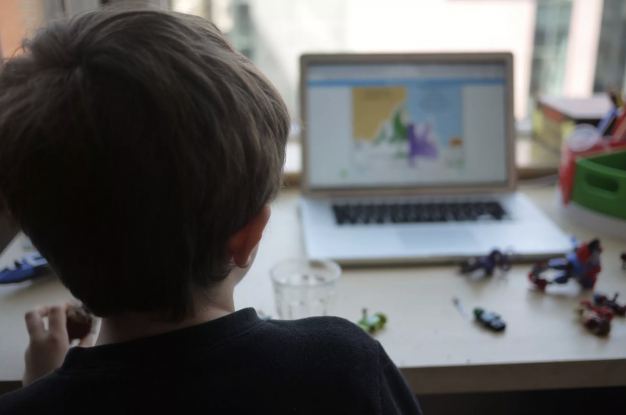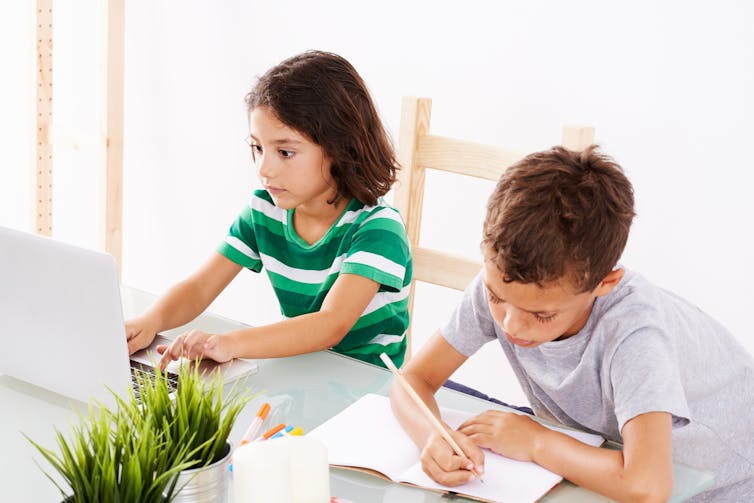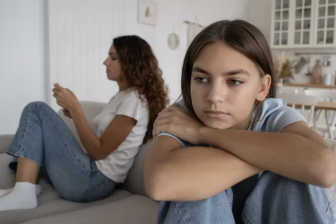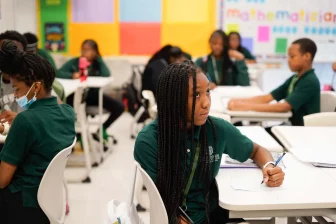
Mandatory remote teaching could reduce inequality during the pandemic – but delivering it will be difficult
The lives of millions of parents and children were turned upside down when COVID-19 forced school lockdowns in April 2020. With a new national lockdown having begun in England on January 4 2021, many parents and schools have once again been caught unprepared.
This time, however, schools in England are legally obliged to provide remote or online teaching, which may include video lessons and other online or offline resources such as tasks and workbooks. What’s more, the education secretary, Gavin Williamson, has suggested that parents should report schools to education regulator Ofqual if they believe the remote teaching being offered to their child is of a low standard.
While Williamson’s proposal is misguided – parents and schools should be encouraged to work together during such a difficult time – the government has employed the right policy by enacting the legal duty for schools to provide remote teaching. Remote teaching is likely to be particularly important for underprivileged children.
But the burdens currently placed on schools – which are expected to provide remote teaching as well as face-to-face instruction for the children of key workers – makes this task extremely difficult.
Learning loss
Research conducted before the pandemic shows that school closures result in learning loss for many students. Preliminary evidence suggests that significant learning loss has taken place during the pandemic, and teachers have already voiced concerns over the disproportionate effects of school closures on students from underprivileged groups.
These concerns are backed up by the findings of the Understanding Society COVID-19 survey, conducted by the University of Essex during the school shutdown in spring 2020. Using this large-scale survey of the learning of about 4,519 children, we investigated the impact of home learning on pupils during the first lockdown.
The survey results, which are under review by other academics, suggest that remote teaching provided by schools increased home learning for all students. However, pupils from unprivileged families spent considerably less time on home learning than their privileged peers.
We hypothesised that the COVID-19 school interruption would have the most impact on children with less-educated parents, those in single-parent families, those with ethnic minority backgrounds and children from poor backgrounds – those eligible for free school meals.
If their parents are not well educated, they may not be able to assume teaching responsibilities. Single parents are likely to have even more burdens, including limited time, support and resources to foster home learning. Ethnic minority parents may have weak English skills and limited understanding of the learning materials or limited ability to support learning.
In other words, poor and disadvantaged parents will rely more on the teaching provisions made available by their childrens’ schools.

Alan-Smithee/Shutterstock
On average, our survey found that children spent about three hours a day on home learning during the April lockdown. Each day, children who were eligible for free school meals, pupils from single-parent households and children with parents with GCSE or lower education spent less time on home learning than their more privileged peers. Our research suggests that if these children were provided the same remote teaching, most of these home learning gaps would close.
The survey results indicate that remote teaching substantially increases the time children spend on home learning. We found that school provision of offline guidance and material increases the time children spend on schoolwork at home by around 18 minutes per day.
Home learning time increased by an average of 12 minutes each day when teachers monitored schoolwork, while the provision of online lessons increased the time devoted to home learning by 10 minutes each day.
Burdens on schools
The legal requirement to provide remote teaching shows a commitment to ensuring all students access education. But it comes at a time when schools are under significant pressure. The new government guidance allows students without a laptop or a study space to attend schools. The high number of students able to attend school for this reason is likely to add to the demands on teachers and schools dealing with both remote and in-person teaching.
Ideally, schools should trace and prioritise disadvantaged children and focus on providing learning materials, including setting schoolwork for these pupils if they cannot attend school. Teachers should monitor and check this schoolwork daily and provide feedback. Live online lessons once or twice a day are likely to increase pupils’ connection to school and their friends, and be of benefit to their mental wellbeing.
But providing adequate remote teaching requires that schools, teachers and students have up-to-date internet infrastructure, information and communication technologies and the skills to use them.
Preparedness for digital schooling should be a policy priority for the government – but is a measure for which the UK currently ranks very low. Children who lack access to a computer and the internet will struggle in particular with remote learning. Schools and the government should reach out to these children with resources.
To reduce learning loss, schools and families should work together to provide the best remote and face-to-face teaching for children.![]()
Ayse Guveli, Reader, Department of Sociology, University of Essex and Sait Bayrakdar, Research associate, King’s College London
This article is republished from The Conversation under a Creative Commons license. Read the original article.




